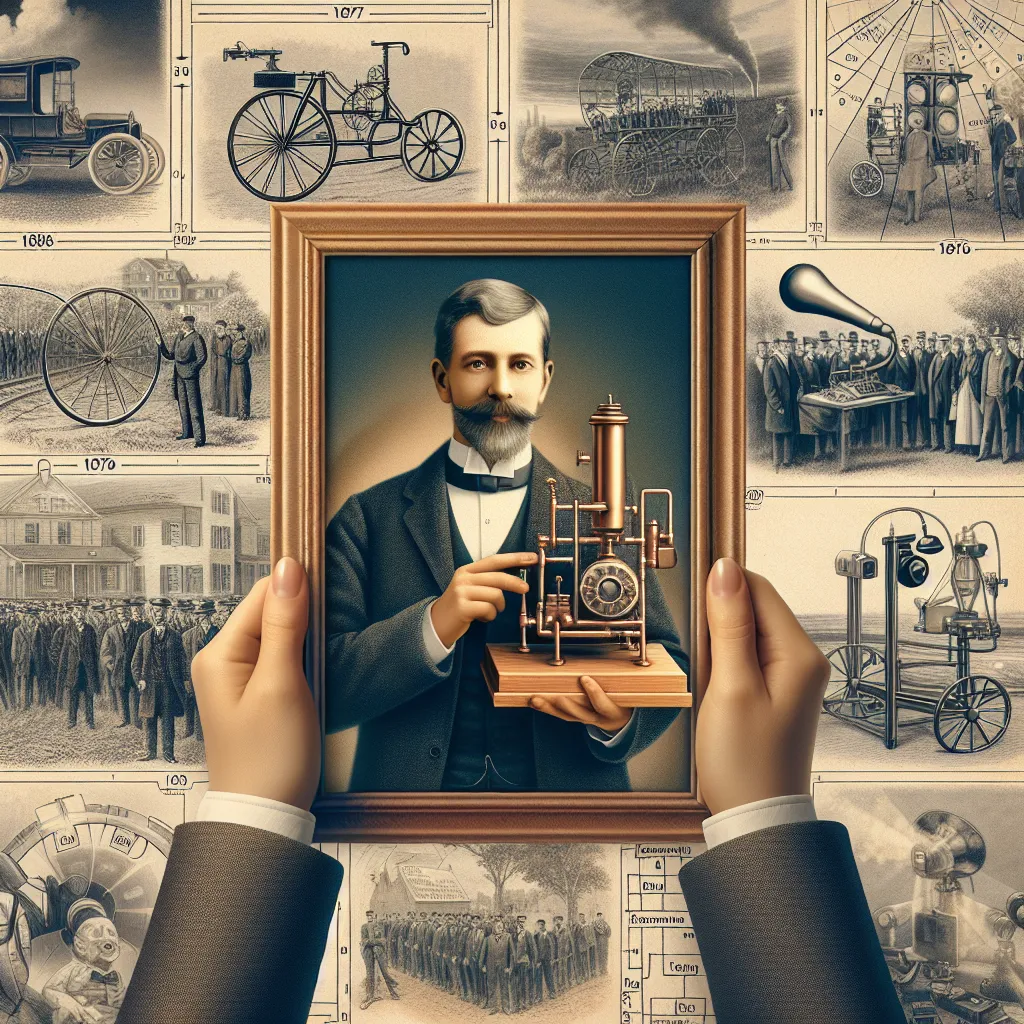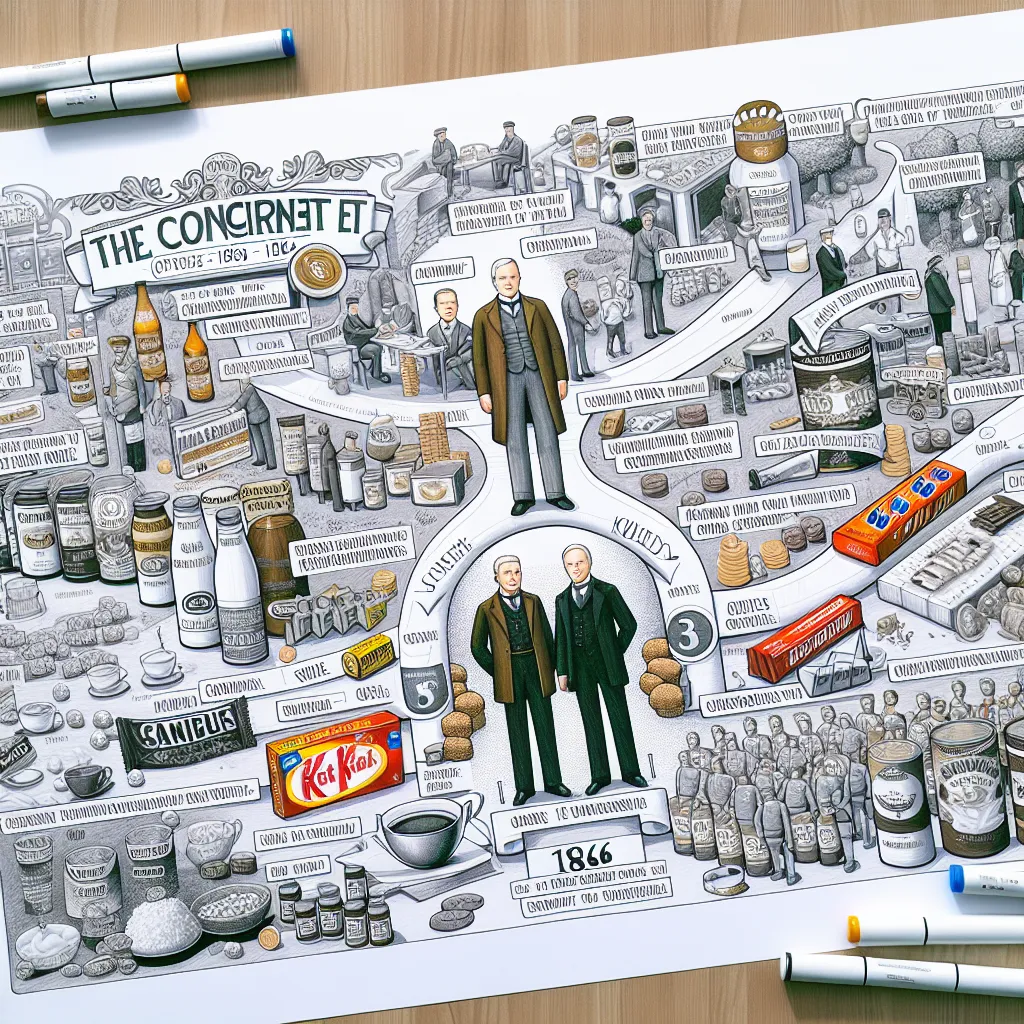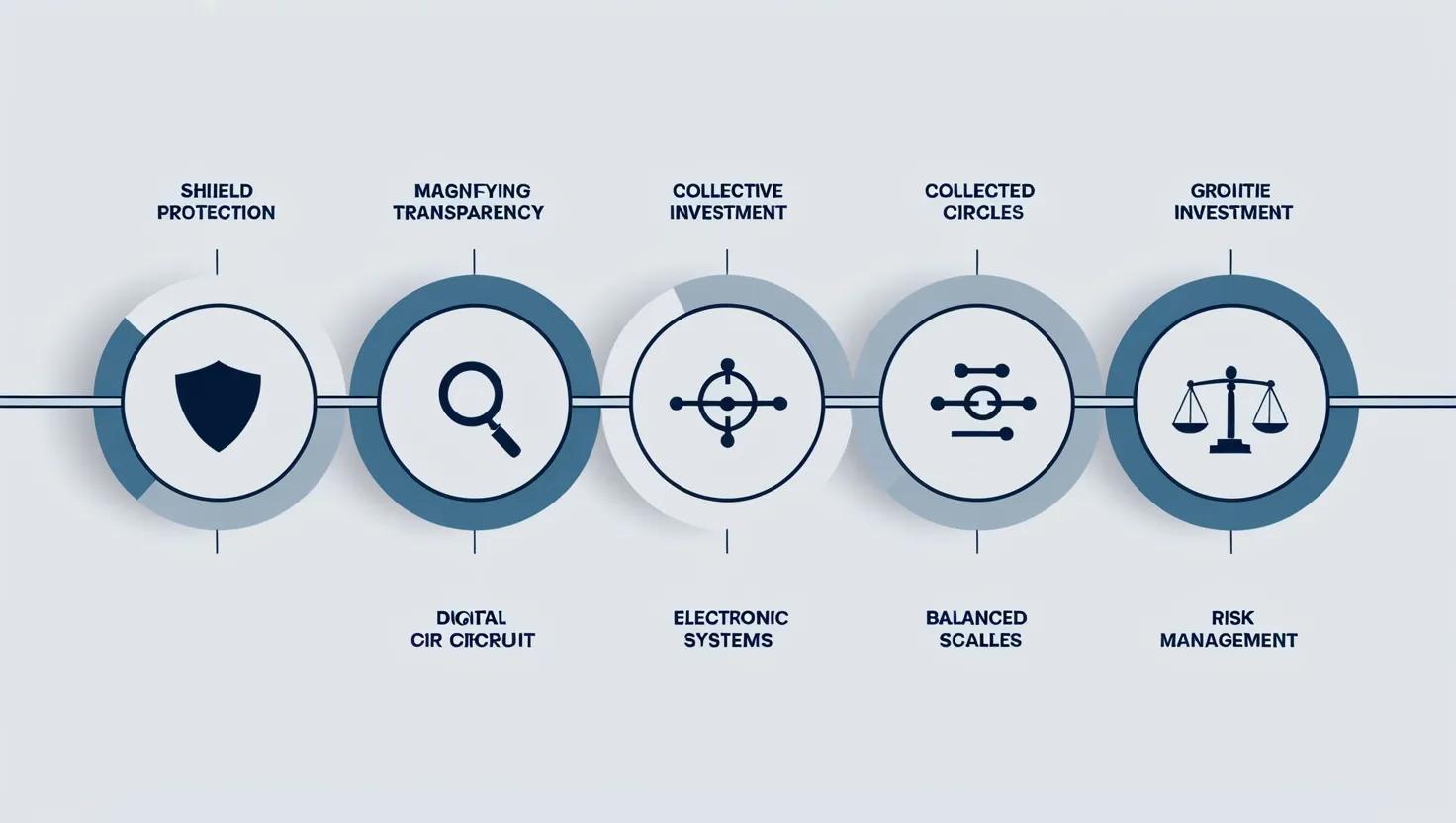The telephone, undeniably one of the most groundbreaking inventions of the 19th century, revolutionized communication. At the heart of this transformation is AT&T, a company that built America’s telephone system and remains a telecom giant today.
The invention of the telephone is often attributed to Alexander Graham Bell, who patented the device and uttered the first words over a phone on March 10, 1876, “Mr. Watson, come here. I want to see you.” By 1877, Bell had secured financial backing and launched the Bell Telephone Company, which soon evolved into the National Bell Telephone Company.
Initially, Bell chose to license phone operations to local companies due to time and financial constraints. This strategy allowed Bell to expand quickly without the heavy expenses of building infrastructure. Licensing also helped the company to secure a steady income and the option to buy out operators later.
Bell’s future investments were aimed at developing a long-distance network, a move that cemented its monopoly in this domain. By 1885, the creation of the American Telephone and Telegraph Company (AT&T) marked the beginning of a long-lasting legacy.
Despite its success, AT&T faced challenges as local independent operators proliferated. By 1907, independent operators managed over half of America’s phones. Yet, AT&T still had control over long-distance calls, crucial for connectivity outside local areas. Financial turmoil and poor service led J. P. Morgan to take control, appointing Theodore Newton Vail as president to rejuvenate AT&T. Vail emphasized research and established Bell Laboratories in 1925, which later made monumental contributions to technology, earning several Nobel Prizes.
By World War II, AT&T was a behemoth, holding $5 billion in assets and controlling 98% of long-distance lines. Bell Labs and Western Electric significantly aided the war efforts and, later, the space race with projects like Telstar 1, the first communications satellite.
However, monopolistic practices led to government scrutiny. A pivotal agreement in 1956 limited AT&T to telephone services, while a 1968 FCC ruling forced it to allow third-party network connections. Despite these measures, AT&T’s dominance persisted, leading to a landmark antitrust case in 1982 that split the company into seven ‘Baby Bells.’
One Baby Bell, Southwestern Bell Corporation (SBC), eventually re-acquired AT&T in 2005, rebranding itself under the older, iconic name. Today, AT&T focuses on wireless services and has grown into the second-largest cellular provider in the U.S. Through significant acquisitions, including DirecTV in 2015, AT&T has aimed for growth in broadband and media services. Their planned acquisition of Time Warner could further transform the telecom landscape if approved by regulators.
AT&T’s journey from a pioneering phone company to a modern wireless and media giant is a testament to innovation and adaptation in the face of changing technologies and market regulations. The landscape of telecom has been shaped significantly by AT&T’s storied history and relentless pursuit of growth.






